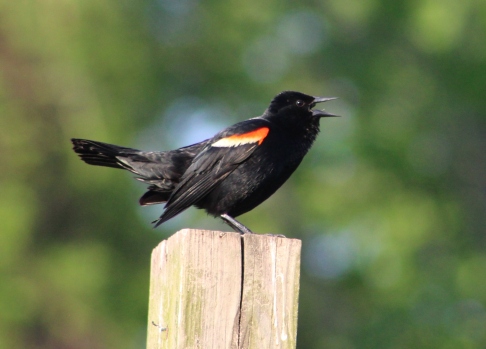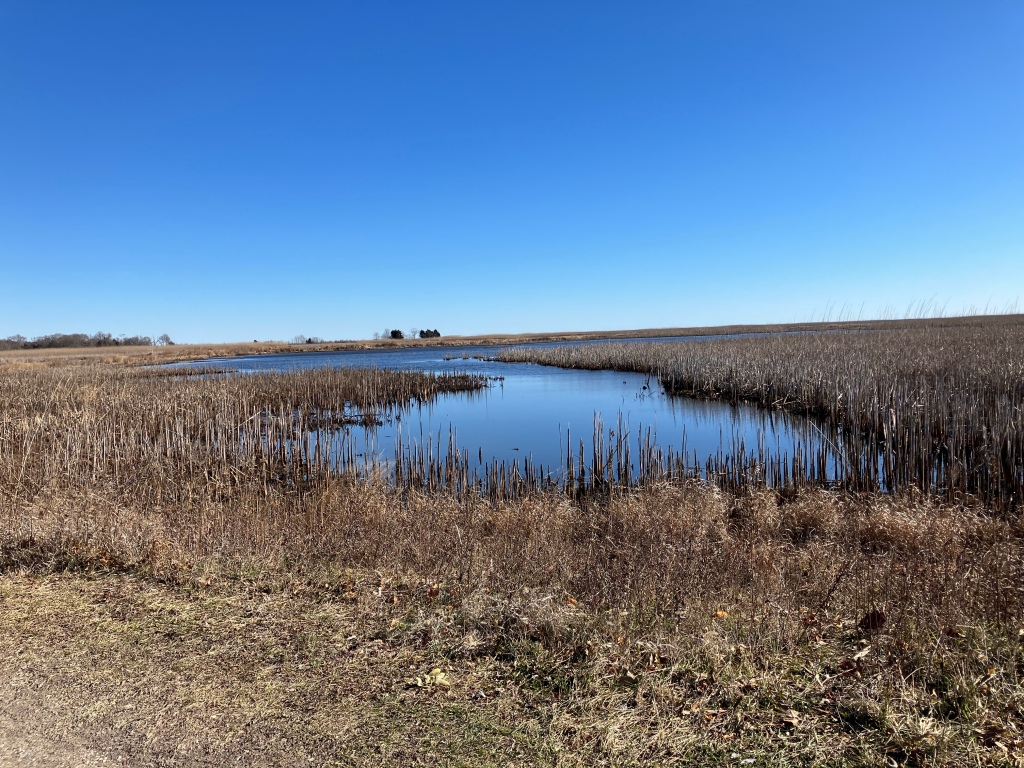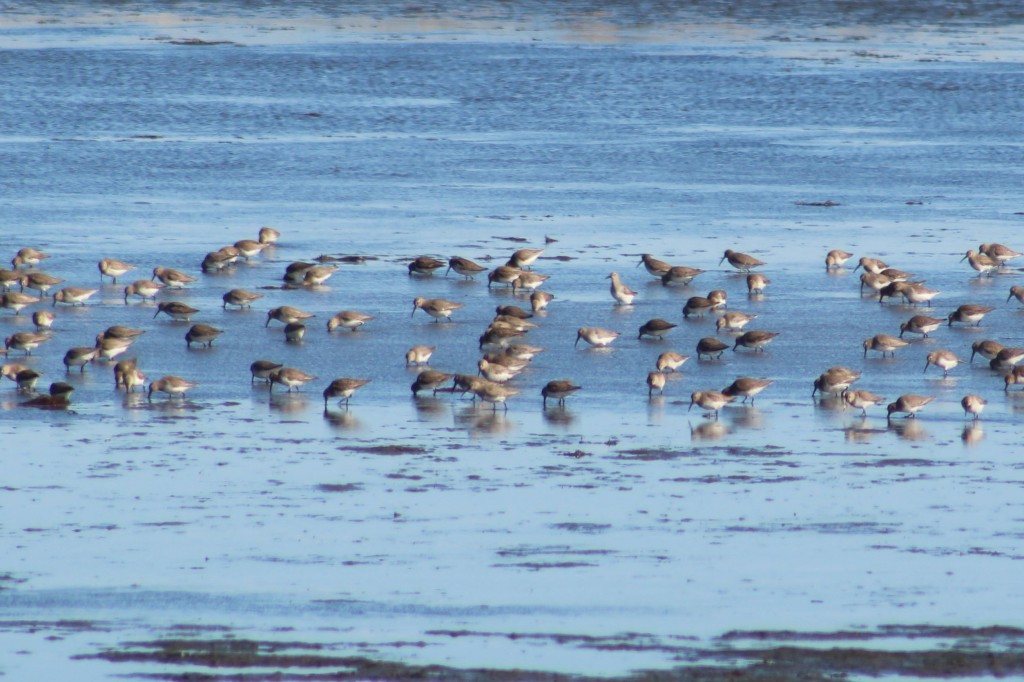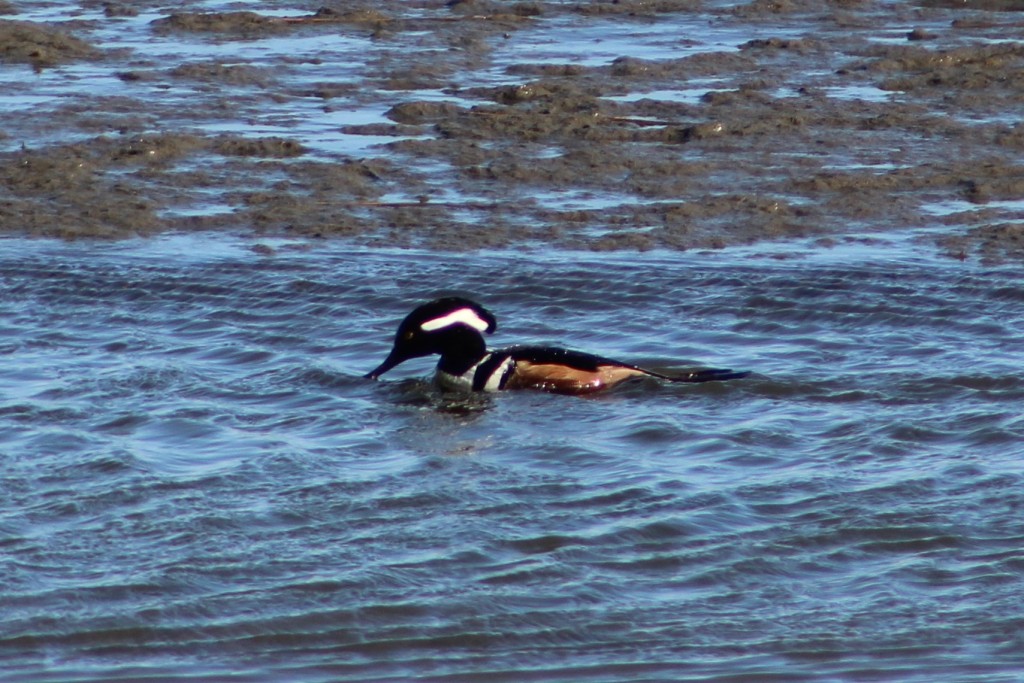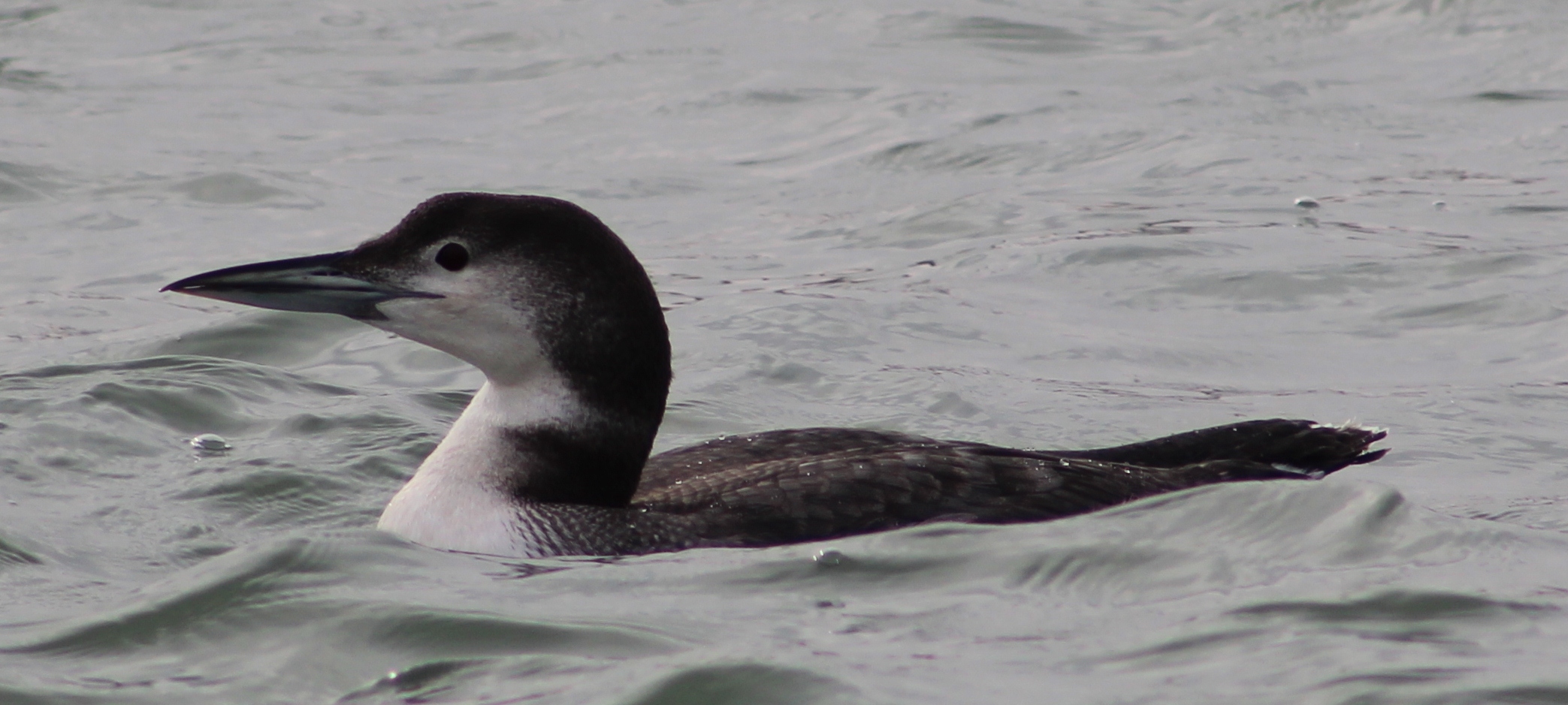We just spent a beautiful weekend exploring Maryland’s western shore. This region includes the counties that are on the west side of Chesapeake Bay. This trip our second time staying in Calvert County. The first time was in 2019 when we explored Flag Ponds Nature Park, Calvert Cliffs State Park, and Battle Creek Cypress Swamp. We returned to two of these locations, however this time it was Birder Boy’s (BB) first trip to the area.
Birding wasn’t our only goal on this trip. BB loves vehicles and he’s been into military vehicles recently. If you’re an aviation fan I highly recommend the Patuxent River Naval Air Museum, which was a really cool place to check out. As a birder I like how many of the planes are named after raptors such as the harrier, osprey, and hawkeye. We even saw a Broad-winged Hawk in the flight line area.
After the museum we took a quick hike at Battle Creek Cypress Swamp. Highlights include Yellow-throated Warblers, Blue-gray Gnatcatchers, Northern Parulas, Pine Warblers, and a Louisiana Waterthrush. We also heard many treefrogs and saw Black and Tiger Swallowtails.

The next day we spent the morning at Flag Ponds Nature Park searching for fossils. Dave only found one small shark tooth, but BB had a blast digging at the beach. There was a lot of wildlife around: many calling tree frogs, tiger and zebra swallowtails, Ospreys, Yellow-throated Warblers, Yellow-rumped Warblers, a Swamp Sparrow, a male Belted Kingfisher, and more. Two of the most exciting finds of the day were a calling Prairie Warbler and two Killdeer. The Killdeer were calling ‘kill-deee, kill-deee’ and flying around the beach. Many times I see these cute conspicuous plovers in parking lots and other suburban/urban areas, so it’s fun to see them in a more natural habitat. They can be distinguished from other plovers by their double chest bands and red eyes.
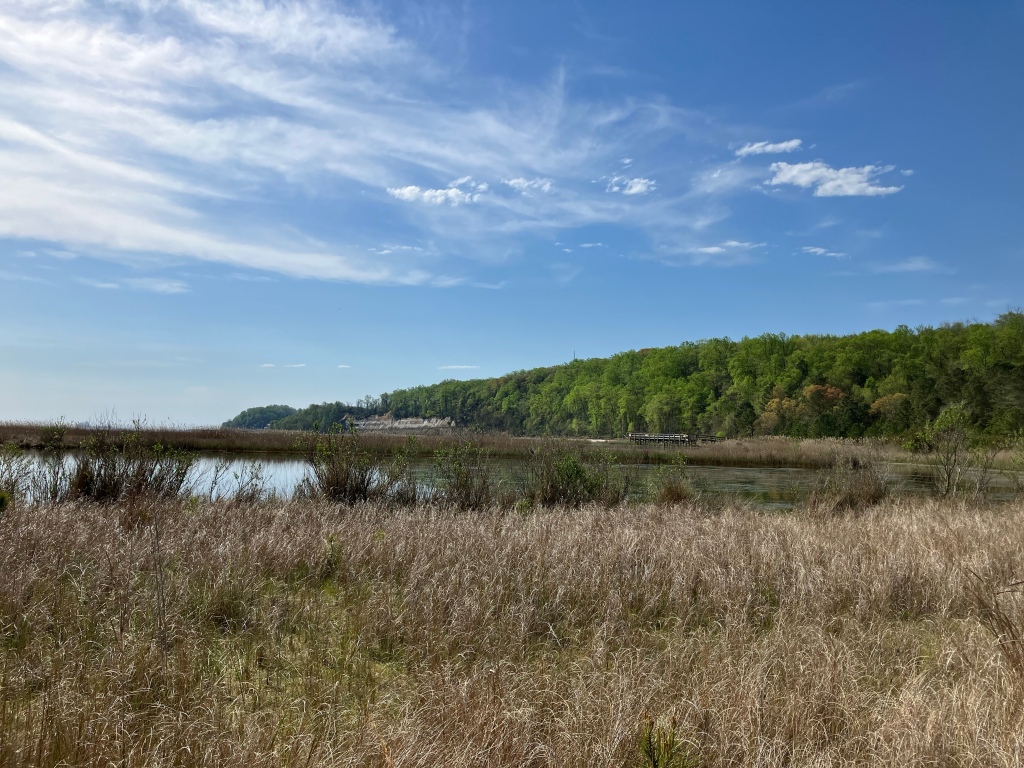
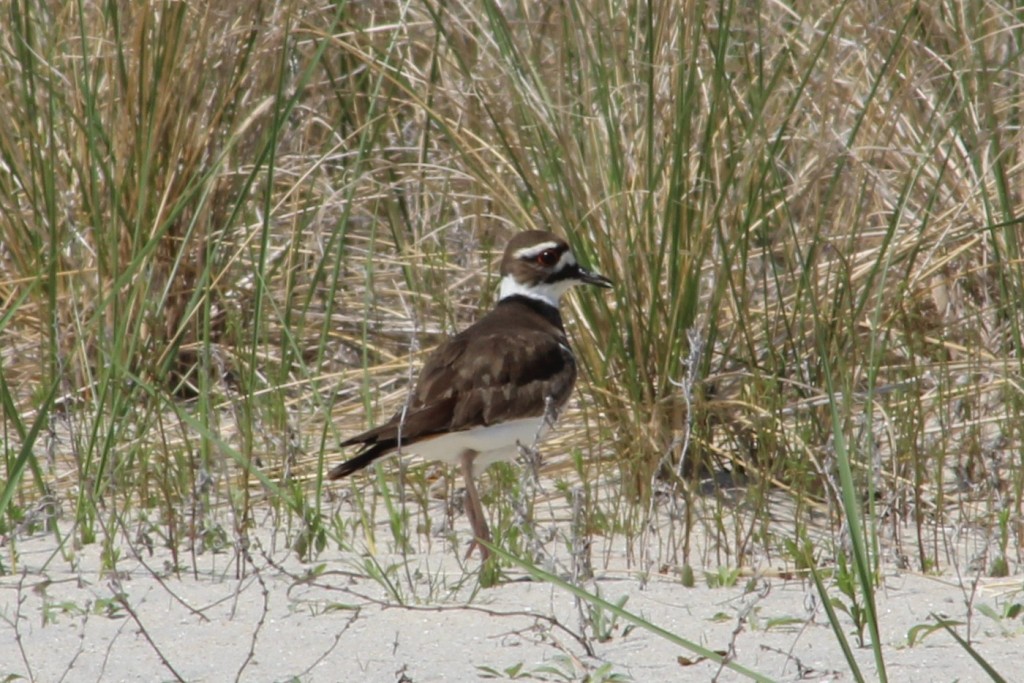
There were also many Atlantic Lion’s Mane Jellyfish floating in the water. The size of this species depends on its geographically location. The lion’s mane jellyfish in the warm waters of the southeastern United States usually only grow up to 5-6 inches. However, individuals in the frigid Antarctic and Arctic waters can be up to 7 feet long which makes them the largest jellyfish species in the genus Scyphozoa. While not poisonous, these jellyfish have a moderately painful sting, so you should exercise caution if you around them.

In the afternoon on the second day we visited the Calvert Marine Museum. While birding was not our primary purpose we did see some species such as Purple Martins, Fish Crows, Common Grackles, and Mallards around Black Creek. We also watched this large Snapping Turtle swim under the dock.
It’s always a pleasure to visit Maryland. If you’re looking for a new location to explore I highly recommend Calvert County.
References
- Aquarium of the Pacific. (n.d.). Lion’s Mane Jelly. Aquarium of the Pacific. https://www.aquariumofpacific.org/onlinelearningcenter/species/lions_mane_jelly
